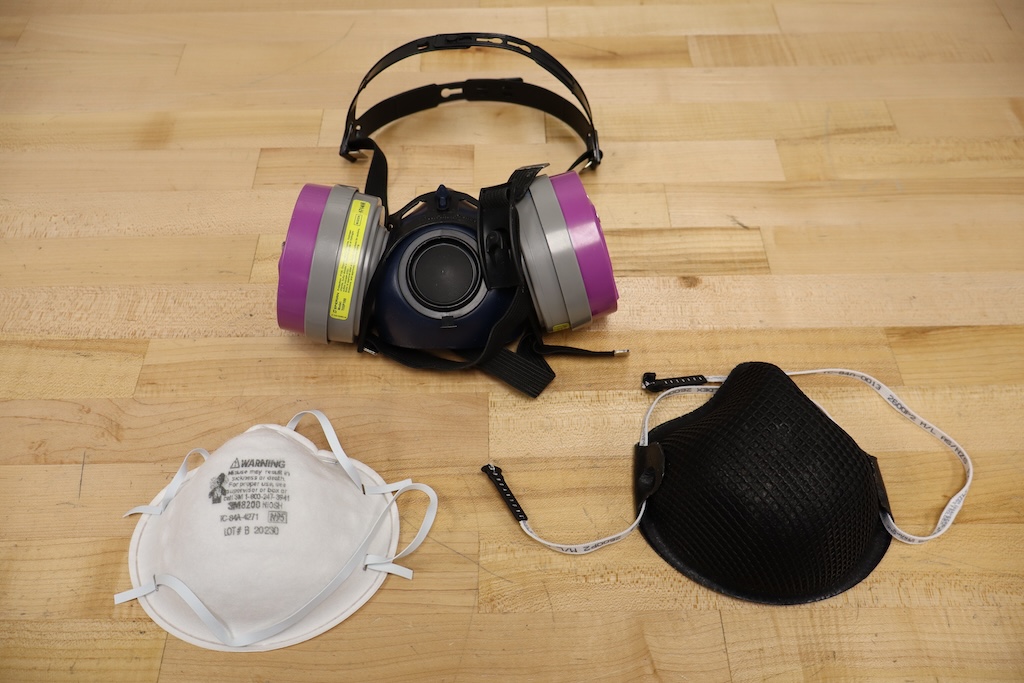Conduct a post-mortem after every major scheduled and unscheduled event to avoid repeating the same organizational and fundamental mistakes.
Many organizations spend millions on shutdowns and not a penny on learning what there is to learn and preserving it for future shutdown teams. Remember what Winston Churchill said, (although not in reference to shutdowns): "Those who do not study history are doomed to repeat it."
We must preserve lessons learned or we are doomed to repeat the same mistakes. The fastest way to develop your organizational muscle in shutdowns is to conduct a post-mortem after every major scheduled and unscheduled event. You’ll learn:
- What worked well and should be repeated
- Where problems occurred, which can be used to initiate problem-solving sessions if the problems were not solved during the event
- Who needs more training before the next shutdown
- What to include in the checklist to make future shutdowns more successful.
The shutdown post-mortem is a series of document reviews and meetings with the endpoint being an easily readable report that shows what you learned (both positive and negative, and always constructive) and how to avoid problems.
Timing
Most post-mortem activities should wait for 30 to 90 days. People just completing a shutdown are usually tired, frequently upset, and need some time to get back to their lives. A second reason to wait is to try to allow some emotional space to develop. Post-mortems go more smoothly if no one feels defensive or blamed for mistakes.
There are some post-mortem activities that can and should be done during the last few days of the actual shutdown. Specifically, you wantto interview key contractor personnel before they leave the site and go to their next job. Ask them to name three things that worked for them and three things that did not work for them from this shutdown. If possible, ask someone not directly involved in the shutdown to conduct these interviews. This person will be more likely to be a neutral party who can effectively capture the lessons learned without being defensive.
Preparing for the post-mortem
In preparation for post-mortem meetings and report-writing, team members should refresh their memory of what actually happened by reviewing the shutdown documents:
- Any scope documents, mission statements and estimated budgets generated by top management
- The list of jobs (It’s important to keep this because it will save you time when you do another shutdown in the same area.)
- Minutes and personal notes from shutdown meetings
- Closed work orders with materials used, labor expended, other resources used, and closing comments (These should be entered into CMMS and become part of the unit histories.)
- Contract documents, contractor lists and any completed evaluations. (This usually includes reviewing the main contracts and interviewing someone from Purchasing.)
- Schedules, schedule compliance reports and minutes from compliance meetings. These can be put into a book form to make them easy to review.
Get the project team together and discuss the shutdown
Have an initial meeting and generally discuss what worked and what did not work. Keep meeting minutes from this whole process. Assign one person or small teams to write what were the lessons learned with references to the minutes from the meetings and to source documents where that is appropriate. Remember to be alert for both negative lessons (things to avoid or remember) and positive lessons (things to make sure you repeat).
Here are ideas for areas to discuss in the subsequent post-mortem meetings. Subgroups could be assigned related topics.
- What worked and what didn’t work?
- Did the shutdown policies impact the shutdown for better or worse?
- Did the shutdown meet Operations’ needs and expectations? Be specific.
- Considering the activities of engineering, what happened?
- Considering the activities of planning and scheduling, what happened?
- How much did the shutdown change between the time it started and when it finished?
- How close were the budget and the baseline schedule?
- What worked and did not work about communications?
- What worked and did not work about the shutdown team allocation of responsibilities?
- What techniques or technologies helped this shutdown?Which ones should we drop in the future?
- Work scope
- Cost performance
- Shifts and work schedule
- Work completed compared to work scheduled
- Scheduling compliance
- Safety and environmental compliance
- Contractor performance
- Vendor performance
Writing the report
Start with a one-page summary that includes an executive summary of the shutdown, KPIs measuring shutdown performance, and a summary of recommendations for future shutdowns. Suggestions for chapters in a shutdown report include:
- Environmental, safety and health issues including accidents, near misses, issues with permits, PPE
- Issues with start-up and shutdown
- Completeness, accuracy and usefulness of engineering
- Effectiveness of job planning and scheduling. Work assignments, including a review of assignments, resource issues and execution issues.
- Schedule compliance including schedule breaks, logistics issues, and mobile equipment issues.
- Was everything done that was supposed to be completed?
- Added work
- Emergent work (how could we have known in advance?)
- Support from outside
- Contractor performance, quality, cooperation
- Vendor performance, quality and accuracy, cooperation
- Site logistics, stores, rentals, delays and excessive waiting time
- Any specific things that caused delays
- Any specific things that really worked well and should be repeated.
To get better at shutdowns the results of your post-mortem have to be accessible to future shutdown team members. Make sure your lessons-learned document is updated, supplemented,read and discussed before every shutdown. In fact, the first activity of every shutdown should be to review this document.
Joel Levitt is the director of international projects with Life Cycle Engineering (LCE). Levitt can be reached at [email protected].



